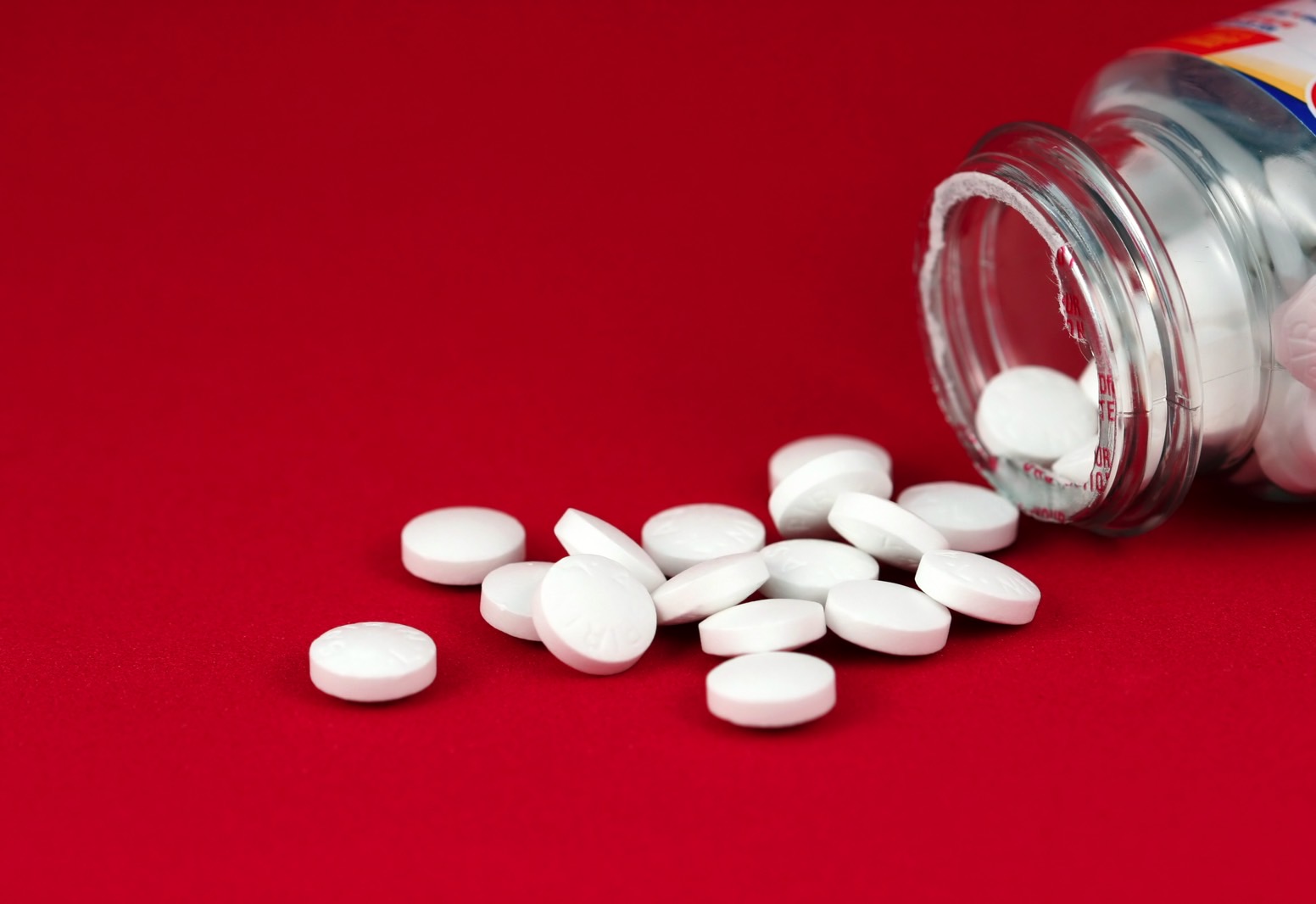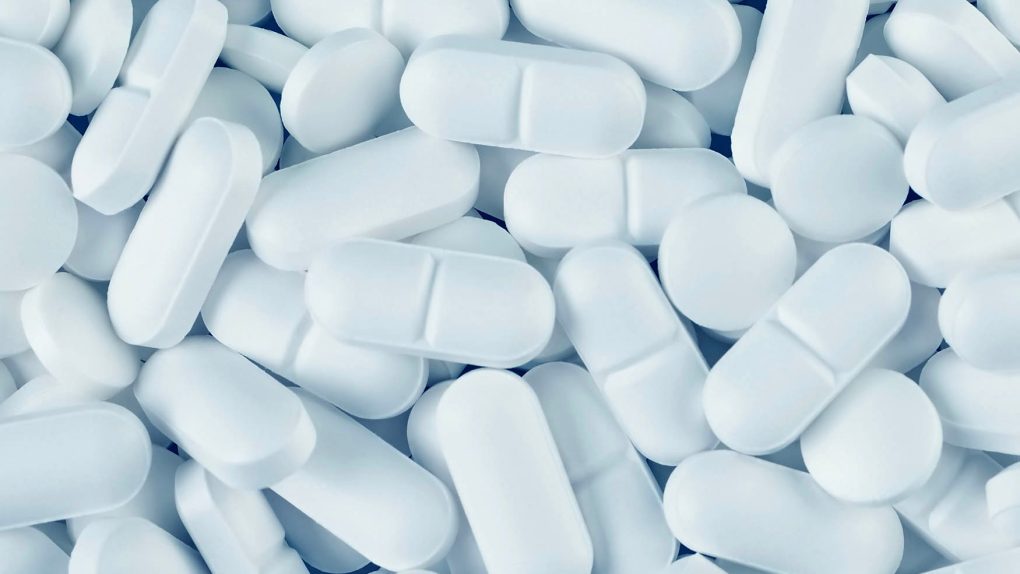Taking a common pain relief drug may be doing more than just relieving your pain. According to a study published in Social Cognitive and Affective Neuroscience in 2020, acetaminophen, which is sold under brands like Tylenol and Panadol, may push people to take more risks than they normally would.
The study suggests that the use of this common pain relief drug can cause people to feel less negative emotion when they consider partaking in risky activities. Essentially, it makes them feel less scared about the risks that the activity might involve.
It’s an interesting study and one that we covered on the site here. However, it’s worth revisiting because of the connotations that it sets on such a widely used pain relief drug. Acetaminophen is one of the most widely used painkillers available to many, and its widespread use and association with increased risk-taking are definitely worth exploring.

This isn’t the first time that acetaminophen has found itself in the spotlight, either. Previous research suggests that the pain relief drug can also cause issues with your liver and other parts of your body, even leading to death if you aren’t careful with how you use it. Combined with the possibility that it causes you to take increased risks, it seems like this pain medication could be one to keep an eye on.
But a lot of the problem with drugs like this is that people take them for granted, and this can often lead to misuse. While it’s important for these drugs to be regulated in some way and for people to be aware of how they can cause issues and increase health risks, it’s also important to remember that pain relief drugs are not candy, and you always need to be mindful of how you use them.
You can read the study for yourself if you’d like to learn more about the possible ways that it could inhibit your risk determination. It’s certainly worth keeping in mind the next time you reach for the bottle of painkillers when you feel a headache coming on.
More science coverage: A new antidepressant drug was found to work in just two hours.








